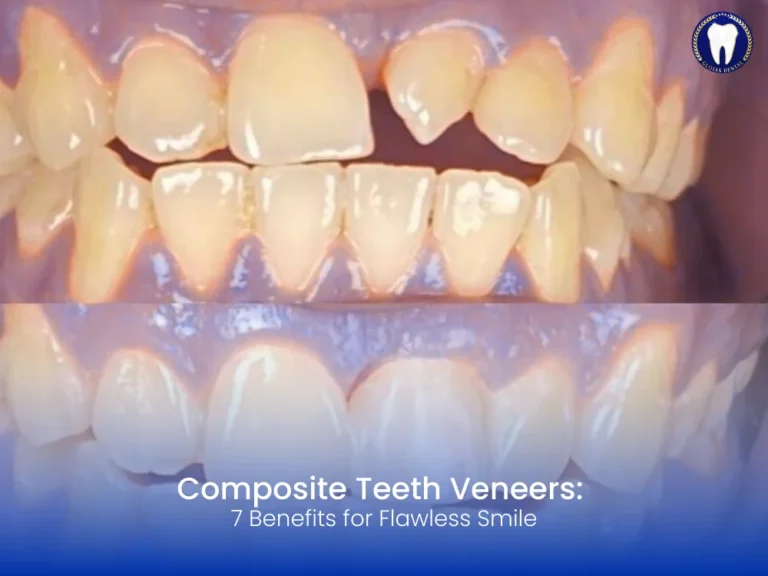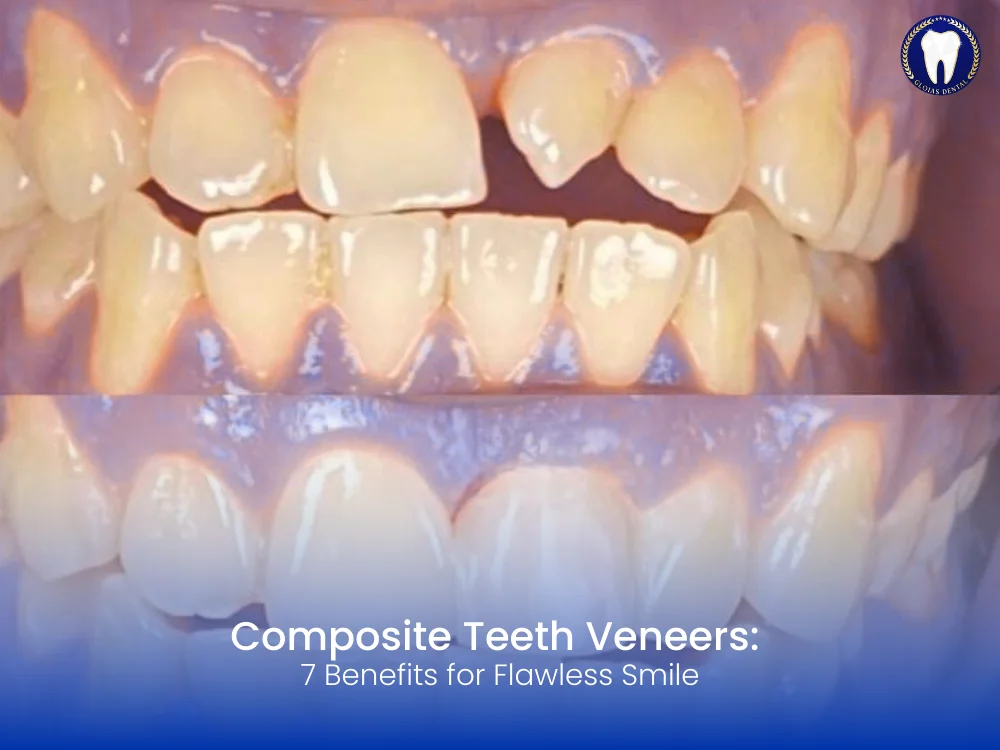A confident smile can change everything—your first impression, self-esteem, and even career opportunities. But if you’re dealing with chipped, stained, or uneven teeth, it’s hard to feel your best. Fortunately, composite teeth veneers offer a powerful, affordable, and minimally invasive solution. In this expert guide, we’ll explore what composite veneers are, their pros and cons, how they differ from porcelain veneers, and whether they’re the right option for your smile.
Let’s break down why composite teeth veneers are one of the most sought-after cosmetic dental procedures today.
What Are Composite Teeth Veneers?
Composite teeth veneers are thin layers of resin material applied to the front surface of teeth. Designed to improve the aesthetics of a smile, they can cover discoloration, close minor gaps, and correct shape irregularities. These veneers are sculpted directly onto the teeth by a dentist in a single appointment, making them a time-efficient cosmetic solution.
Why Choose Composite Veneers Over Porcelain?
Affordability and Accessibility
Composite veneers are significantly more affordable than porcelain ones. This makes them an attractive option for patients seeking cosmetic improvements without breaking the bank.
Same-Day Smile Transformation
One of the biggest benefits of composite teeth veneers is that they can usually be applied in just one visit. Unlike porcelain veneers that require lab fabrication and multiple appointments, composites are molded chairside.
Reversibility and Repairability
Unlike porcelain, which requires some enamel removal and is irreversible, composite veneers often require minimal prep. This allows them to be more conservative and even reversible. Chips or cracks can also be repaired easily, often without needing a full replacement.
How Are Composite Teeth Veneers Applied?
The application process is relatively simple:
- The dentist prepares the tooth by cleaning and lightly etching the enamel.
- A bonding agent is applied to ensure adhesion.
- The composite resin is carefully layered and sculpted to match natural contours.
- The veneer is cured with a UV light and polished for a seamless finish.
The entire procedure usually takes 1 to 2 hours depending on the number of veneers being placed.
Who Is a Good Candidate for Composite Veneers?
If you have:
- Discolored or stained teeth
- Minor chips or cracks
- Slight misalignments or uneven spacing
- Worn-down teeth
…then you might be a perfect candidate for composite teeth veneers. However, if you have severe misalignment or bite issues, orthodontic treatment may be required before considering veneers.
Longevity and Maintenance
How Long Do Composite Veneers Last?
With proper care, composite veneers can last 5 to 7 years, sometimes even longer. While porcelain typically lasts up to 15 years, composite veneers offer a solid balance between durability and cost.
Maintenance Tips
- Avoid biting hard objects (ice, pens, fingernails).
- Practice excellent oral hygiene: brush twice daily, floss, and use mouthwash.
- Visit your dentist every 6 months for check-ups and polishing.
- Minimize consumption of stain-causing foods and beverages like coffee, wine, and berries.
Aesthetic Advantages of Composite Veneers
Composite veneers are highly customizable. Dentists can sculpt the material to correct:
- Uneven tooth shapes
- Small gaps between teeth
- Slight misalignment
- Short or worn teeth
The resin comes in various shades, allowing your dentist to match your natural tooth color or even whiten your smile by a few shades for that ideal, natural-looking result.
Risks and Limitations of Composite Veneers
Not as Strong as Porcelain
Composite veneers are more prone to chipping and staining compared to porcelain. However, they can be touched up easily and affordably.
Shorter Lifespan
While not as long-lasting as porcelain, the ease of repair makes composite teeth veneers a viable option for those seeking flexibility and affordability.
Cost of Composite Teeth Veneers
The cost varies based on your location, dentist’s experience, and the complexity of the case. Typically, composite veneers cost between $250 to $1,500 per tooth, which is considerably lower than porcelain veneers ($925–$2,500 per tooth).
Many dentists offer payment plans or financing to help make this smile upgrade more accessible.
Composite Veneers vs. Bonding: What’s the Difference?
While both use composite resin, dental bonding is usually limited to fixing smaller areas such as chips or cracks. Composite veneers, on the other hand, are applied across the entire front surface of the tooth for a more comprehensive aesthetic improvement.
Combining Composite Veneers with Other Cosmetic Treatments
For a total smile makeover, composite veneers can be paired with:
- Teeth whitening
- Invisalign or clear aligners
- Gum contouring
This multi-step approach allows patients to achieve not only a beautiful but also a functional and balanced smile.
Are Composite Veneers Covered by Insurance?
Cosmetic procedures like composite teeth veneers are generally not covered by insurance. However, some plans may offer partial coverage if veneers are used to restore broken or damaged teeth for functional purposes.
Frequently Asked Questions FAQs
1. Are composite veneers safe for teeth?
Yes, when applied by a qualified dentist, composite veneers are safe and do not harm your natural enamel significantly.
2. Can I eat normally with composite veneers?
Absolutely! Just be cautious with hard and sticky foods. Avoid habits like biting nails or chewing ice.
3. Do composite veneers look natural?
Yes, modern composite materials can be color-matched and shaped to blend seamlessly with natural teeth.
4. Is the composite veneer procedure painful?
No, it’s typically a pain-free process. Local anesthesia may be used, but many patients find they don’t need it.
5. Can composite veneers be whitened?
No, composite resin does not respond to traditional whitening agents. It’s best to whiten natural teeth first before getting veneers.
6. What if a composite veneer falls off?
See your dentist immediately. The veneer can usually be reattached or repaired quickly.

